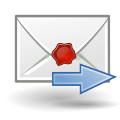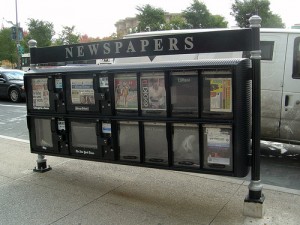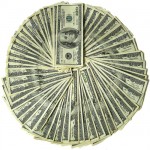 You probably know about how email marketing can lead to big profits. It’s cheap to use, targeted, and easy to do. Just type in your message and hit send. Right? Well, it’s a bit more complicated than that.
You probably know about how email marketing can lead to big profits. It’s cheap to use, targeted, and easy to do. Just type in your message and hit send. Right? Well, it’s a bit more complicated than that.
Before you start, there are four email marketing tips you should know about that can drastically affect the results you get.
1. Deliverability
This is the percentage of people on the list who actually received your email. If nobody gets your email, they won’t open it, read it, or buy anything.
Why email bounces:
- a bad address (just like snail mail)
- an ISP with a bad reputation
- spammy content (make millions, free satellite TV, weight-loss pills)
Protect yourself by using a reputable email marketing company (I recommend AWeber. Use this link to sign up, and I’ll get some milkshake money) to deliver your email, cleaning your list regularly, and checking your content for content that can trigger a trip to the spam folder. Use double opt-in (asking first for the email address and then for verification) to stop spammers.
2. Open rate
This is the number of people who open the email you sent. You can increase this by:
- using a from field from a real person (your name or company name), rather than something spammy (Acai Weight Loss Marketing)
- writing a great headline that promises value and solutions to problems
- make the first few sentences worth reading, since many people read email with a preview pane
3. Click through rate
This is the number of people who click through to the Web site with the rest of the sales pitch and the ordering information. Click through is affected by:
- copy – building up the benefits, what people will get from your product, how you solve a problem
- the offer – what they actually get when they click, such as a free report, details about a conference, or a video
- formatting – whether the paragraphs are long or short, if you used bullets, where the line breaks are
4. Conversion rate
The number (or percentage) of actual sales, leads, or opt-ins generated by the email. Remember to use a landing page, not your home page, to make the rest of the sale. The email “pre-sells’ the offer: why you’re sending it, what you’re offering, what it will do for them, why they need to click now, what they should do once they get to the landing page.
5. Be human
Put a human, personal face (like your own, or the person who handles the account) on your messages. Include a name, photograph and contact information. Your customers will feel as if you’re talking directly to them. If you have a sales staff, they’ll feel more connected to “their” subscribers. It’s more personal, it creates a connection, and it establishes accountability.
Tomorrow, how to boost your email conversion rates and get more sales.
Photo: wikimedia




